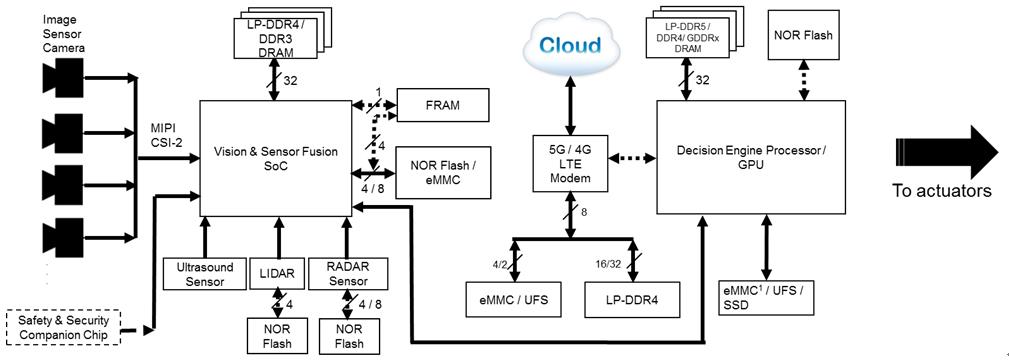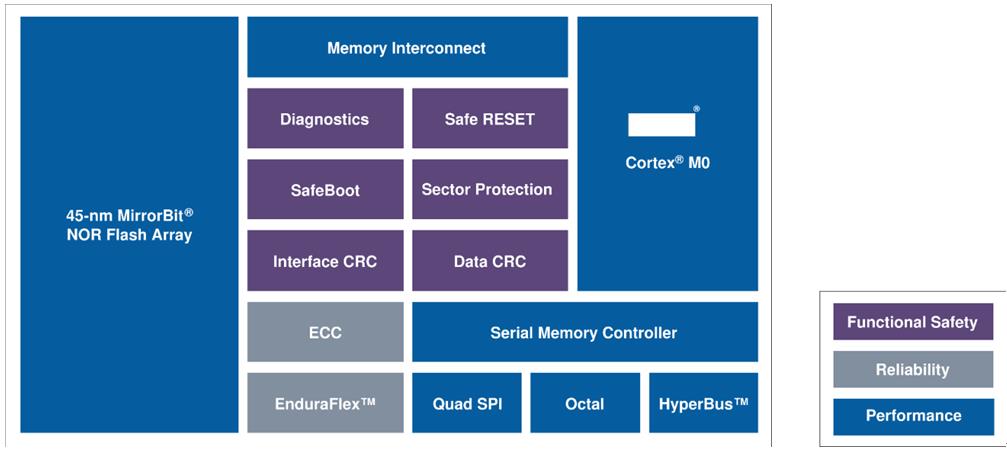However, as real-world testing on the roads continues today, the set of features that autonomous vehicles must support is expanding and rapidly becoming more complex. These automated systems will continuously improve performance, power consumption, safety, and reliability requirements. For automotive manufacturers to ensure that autonomous vehicles meet safety regulations, they must develop hardware and software in compliance with the ISO 26262 functional safety standard. If developers are unprepared, they will need to invest additional time and money to prove their products meet safety standards, potentially causing significant delays in launch, reduced profitability, and loss of market share.
The primary goal of ensuring the safety and reliability of autonomous vehicles is to prevent injuries and property damage. Legal issues must also be considered when an accident occurs, including determining liability. Autonomous driving faces numerous legal challenges, and the question of liability in case of an accident remains unresolved. Therefore, failures must be avoided. This has prompted automakers and automotive suppliers to place greater emphasis on reliability. Proving that every component of a smart car is safe and reliable is critically important.
Smarter and More Reliable Storage
Autonomous vehicles are equipped with advanced driver-assistance systems (ADAS). These vehicles have multiple sensors (cameras, LiDAR, etc.) and controls that enable them to operate autonomously and avoid collisions. These sensors and controls are mission-critical and must not fail. Figure 1 shows a schematic diagram of an automated driving system with Level 3, 4, and 5 autonomy, capable of operating without supervision.

Non-volatile memory devices play a crucial role in ADAS systems, storing boot code and logging data for critical events. As these systems become more intelligent, they need to process more data faster and with higher reliability. Additionally, even if an ADAS design is otherwise robust, it can be vulnerable if memory is unprotected (i.e., memory bits are not checked at startup or during device operation).
NOR flash memory is the ideal storage technology for mission-critical applications due to its non-volatile nature, high reliability, and built-in diagnostics. Integrated diagnostics ensure data integrity, detect potential failures, and even correct errors. Other advantages, such as instant-on capability, high performance, and fast system boot times, facilitate immediate access to code, configuration data, and graphical assets when the vehicle is powered on.
Today, to comply with automotive functional safety standards like ISO 26262, memory devices must be designed from the ground up. These next-generation memory solutions not only provide greater reliability but also improve performance, significantly reduce power consumption, and lower total cost of ownership.
Integration
One of the most effective ways to simplify a system is through integration. When a system consists of many components, each component and its interactions with others can be a potential point of failure. For example, integrating an MCU with storage enables faster data and code access, more efficient processing, greater reliability, and lower costs. Development is also simplified, as components that previously required integration by designers into larger systems can now be managed internally by the MCU.
The benefits of integration now extend to NOR flash. As memory manufacturers begin integrating memory with processors like Arm Cortex-M0, complex processing is required to maintain the reliability of high-density, high-speed memory (see Figure 2). Embedded processors could revolutionize how engineers use flash memory in designs by enabling smarter storage. For instance, in the past, extensive software development was needed to implement wear leveling and extend flash memory lifespan. Now, wear leveling is handled internally by the embedded MCU.

New generations of complex SoCs using 16nm FinFET technology still cannot embed flash memory on-chip. Therefore, they must rely on smarter, more reliable external NOR flash technology. Embedded processors can not only manage all safety-critical memory functions but also secure memory areas against malicious attacks. When integrated into flash memory, these processors are self-managed by the memory device and can be quickly configured for specific application requirements.
Evolving Requirements
The automotive industry is transitioning from driver-assistance systems to fully autonomous development. These systems will require intelligence at all levels to reduce latency and improve efficiency. At the same time, vehicle architecture is evolving from standalone discrete systems to interconnected systems. Interconnected systems enable real-time data sharing between systems and facilitate artificial intelligence and machine learning. Additionally




